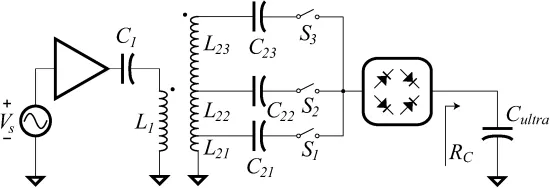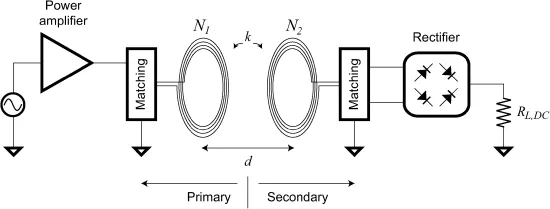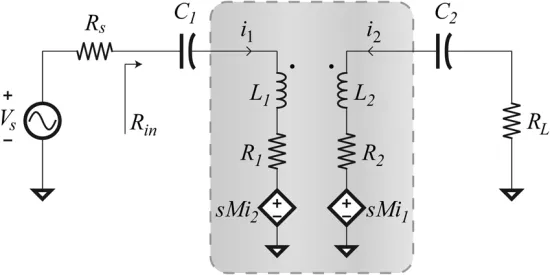Efficiency Maximization for Device-to-Device Wireless Charging
Applications for this technology include small wireless devices such as smart watches, Bluetooth headsets and mp3 players.
Researchers
-
efficiency maximization for device-to-device wireless charging
Patent Cooperation Treaty | Published application -
efficiency maximization for device-to-device wireless charging
United States of America | Granted | 10,498,160
Figures
Technology
This invention presents a method for efficiently charging small electronics from larger devices such as a cell phone. The technology requires a transmission chip to be inserted into the larger device, as well as a receiver chip to be inserted into the small device. Once the devices are within each other’s proximity, the chips automatically detect each other’s presence and initiate the charging routine. A resonant rectifier design enables receiver-side energy management and allows automatic optimization of the energy transmission based upon the particular battery parameters and charge state of the small device’s battery. This system continues to optimize the transmission flow rate as the small device’s battery charges. Once fully charged, the larger device automatically ends energy transmission saving energy and allowing for more recharging cycles.
Problem Addressed
Modern developments in wearable electronics have resulted in minimized device sizes with greater functionality requirements. Because of minimal increases in battery life development, efficient methods of wireless battery charging is requisite. This technology presents an optimized wireless charging system, which reduces energy waste, thereby optimizing the user experience.
Advantages
- Receiver-side energy management ensures consistent high efficiency wireless charging
- Auto-detection of receiver eliminates wasteful energy transmissions
- Minimal ionizing radiation makes this technology ideal for personal devices
- Simple design assures reliability and low implementation costs
Publications
Desai, N., & Chandrakasan, A. P. (2016). A ZVS resonant receiver with maximum efficiency tracking for device-to-device wireless charging. In 42nd European Solid-State Circuits Conference (ESSCIRC) (pp. 313-316), Lausanne, Switzerland. doi: 10.1109/ESSCIRC.2016.7598305.
Desai, N. V. (2017). Circuits for efficient and secure power delivery in distributed applications. Massachusetts Institute of Technology. Department of Electrical Engineering and Computer Science. Retrieved from http://hdl.handle.net/1721.1/109004.
License this technology
Interested in this technology? Connect with our experienced licensing team to initiate the process.
Sign up for technology updates
Sign up now to receive the latest updates on cutting-edge technologies and innovations.


